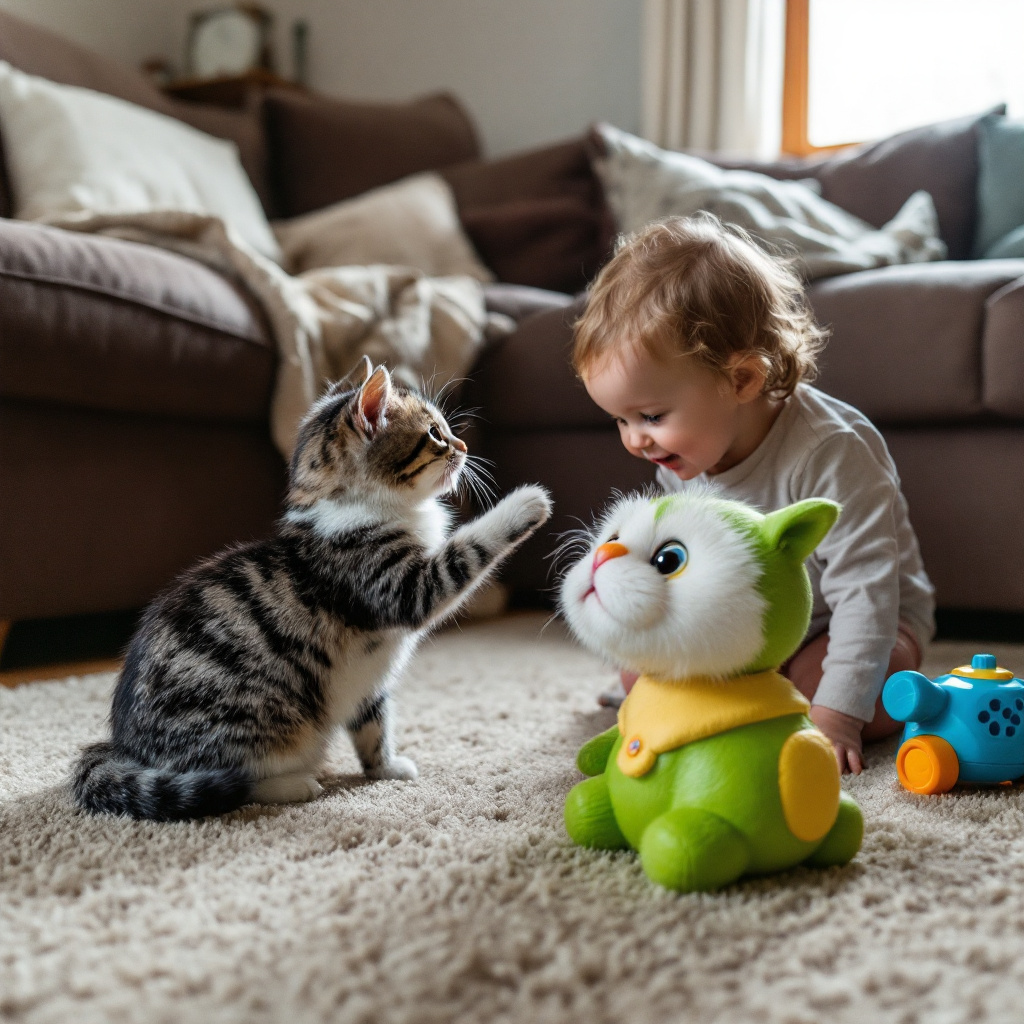History of small hunting dog breeds: From field and forest to family and sofa
Let's try to snoop into the past, or more precisely, into the History of small hunting dog breeds. These furry companions have been on an exciting journey - from indispensable helpers in the wild to loyal companions in everyday human life. How exactly has the tide turned? Let's delve into the world of small hunting dogs to explore their history, original roles and the evolutionary changes they have undergone.
The beginnings of hunting
Once upon a time, in a time when man was still closely connected to nature and had to hunt for his daily bread. This is where our journey into the past of the small hunting dog breeds begins. Originally bred to assist in the hunt, these dainty four-legged friends had specific tasks:
- Track down foxes and hares,
- Game emerging from dense undergrowth,
- and assist with waterfowl hunting.
Different breeds were developed for different prey and types of hunting. Their courageous and agile nature made them indispensable partners for humans.
From the hunt to the aristocratic court
Over time, however, the little hunting dogs also underwent a change in where they lived and what they did. From the rough field camp they went straight to the warm feet of the nobility. What a turnaround! But why actually? Well, these four-legged friends not only had courage and dexterity, but also a delightful appearance and enchanting nature that took the hearts of the nobles by storm. They became status symbols, fashionable accessories and, for some, faithful comforters of the soul in the magnificent but often lonely chambers of castles and palaces.
Changing tasks - from hunter to family dog
The industrial revolution and the changes in the structure of society led to a further significant change in the History of small hunting dog breeds. The need to hunt diminished and the human-dog relationship took on a new form. The former hunters found their new hunting grounds in the hearts of their human families. Their innate need to please, their adaptability and their small size made them ideal companions for the modern lifestyle. Although they still have their hunting instincts, these are now often acted out in the form of games and sporting activities.
A variety of breeds and tasks
Over the course of the centuries, various Breeds of small hunting dogseach with their own unique character and special abilities. A brief overview:
- Terrier: Originally bred for hunting underground. Courageous, energetic, and always ready to take on the challenge of tracking prey in the tightest of caves.
- Dachshunds (dachshunds): Their short legs and long bodies were perfect for pulling badgers out of their burrows - hence their name.
- Spaniels: Skilful waterfowl hunters, known for their swimming abilities and soft mouths that keep their prey intact.
Each of these breeds was developed for specific tasks, but all share a common past of hunting - a past that still characterises their personality and instincts today.
Today's chapter: Small hunting dogs in the modern age
In today's fast-paced world, small hunting dogs are more than just pets; they are family members, therapists on four paws, and for some, living links to nature and history. Their versatility and adaptability have allowed them to find a permanent place in our modern society. From agility sports to therapy dog work, small hunting dogs continue to conquer the world - this time with their charm, intelligence and unwavering loyalty.
But one thing remains unchanged: their deep connection to people. The History of small hunting dog breeds is not only a story about the development of certain breeds, but also a story about the inseparable bond between man and dog. This bond, formed through centuries of co-operation and companionship, makes the small hunting dogs what they are today - loyal companions who, despite their small size, leave a big mark on our hearts.
Whether it's preserving the heritage of hunting or simply putting a smile on our faces, the small hunting dog breeds play an irreplaceable role in our lives. Their story is a vivid reminder of how far they have come and an exciting glimpse of what adventures lie ahead.
They may be small, but their stories and the mark they have left on human history are anything but. The story of small hunting dog breeds is a fascinating chapter in the grand narrative of our relationship with dogs - and it is far from over.
FAQs
How did small dogs evolve?
The ancestors of all small dog breeds lived in the Middle East. Researchers have discovered this in genetic analyses of wolves from the region. Small stature may even have been an advantage for the animals back then.
Which dog breeds were the first?
The first recognised "dog breed probably resembled a fast, lanky greyhound and was bred for its speed when hunting. Over time, man bred dog breeds with more specific characteristics, such as sight and sweat dogs.
Where does the Kleiner Münsterländer come from?
Origin and breed history The Kleiner Münsterländer comes from the Münsterland region. As the name suggests, the "Kleiner Münsterländer" breed originally comes from the Münsterland region of North Rhine-Westphalia. At least this is where the first breeding club was founded in 1912.
Which dog is most likely to be descended from a wolf?
The so-called wolfhounds in particular are very similar to their wild relatives. The Czechoslovakian wolfhound and Saarloos wolfhound breeds are best known as "wolfhounds".
Author
-

David is a passionate aquarist with more than 20 years of experience in setting up and maintaining freshwater and saltwater aquariums. He specialises in the biodiversity of aquatic ecosystems, aquascaping and the species-appropriate keeping of aquarium fish. His articles on haustierewissen.de are a treasure trove for aquarium enthusiasts looking for sound advice and creative ideas for their underwater worlds.
View all posts




